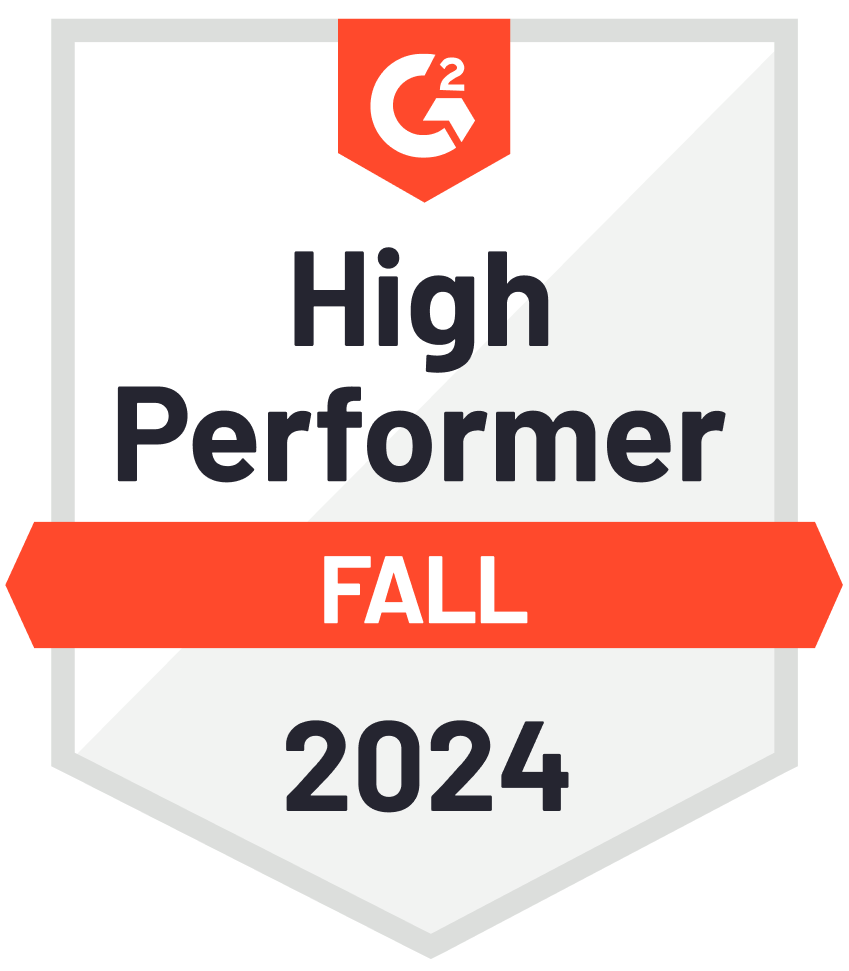Frequently Asked about Animator
What are the primary responsibilities of an animator in a production team?
Animators are responsible for creating motion and movement in static images or characters, making them appear lifelike and fluid.
Their primary task involves bringing stories and concepts to life by designing and animating characters, environments, and special effects.
In a production team, animators collaborate closely with other departments, including scriptwriters, directors, sound designers, and developers. They interpret storyboards and scripts, translate them into animated sequences, and ensure smooth transitions and consistency throughout the project.
Their responsibilities often include designing character expressions, lip-syncing dialogue, creating background animations, and ensuring that animations adhere to technical specifications and artistic vision.
They may also revise their work based on feedback from directors and clients, iterating multiple times to achieve the desired results.
What technical skills should employers look for when hiring an animator?
Employers should look for animators with a strong understanding of industry-standard animation software, such as Autodesk Maya, Blender, Adobe Animate, and Toon Boom Harmony.
Mastery of these tools is essential for creating both 2D and 3D animations. Beyond software proficiency, animators should have a solid grasp of animation principles, such as timing, squash and stretch, anticipation, and easing, which allow for more natural and engaging movement.
Familiarity with rigging, lighting, rendering, and composing processes is also beneficial, particularly for 3D animation.
Employers should also assess an animator’s ability to work with different file formats, understand frame rates, and implement motion capture or keyframe animation techniques, depending on the project requirements.
How does an animator collaborate with other departments to ensure project success?
Animators must work closely with various departments to ensure that the final animation aligns with the overall vision of the project.
In the pre-production stage, animators collaborate with scriptwriters and storyboard artists to understand the narrative structure and character dynamics.
During production, they interact with modelers, riggers, and texture artists to ensure characters and environments are properly designed and functional for animation. Communication with the sound design team is also essential, as animators must synchronize movement with sound effects, dialogue, and music.
Animators often provide feedback to ensure the visuals align with the timing of audio cues. After creating the animations, they collaborate with editors and post-production teams to integrate visual effects and adjust pacing. Constant feedback loops and clear communication are key to ensuring a cohesive and polished final product.
What soft skills should an animator possess to succeed in a professional environment?
Apart from technical proficiency, animators must have strong soft skills to thrive in a collaborative and deadline-driven environment.
Time management is crucial, as animators often work on tight schedules and need to balance creativity with efficiency. Problem-solving skills are also important, as animators frequently encounter technical challenges or need to revise sequences based on client feedback.
Strong communication skills are essential for articulating creative ideas and understanding the vision of directors and stakeholders.
An animator should also be highly adaptable and open to feedback, as revisions and adjustments are a common part of the animation process. Finally, creativity and attention to detail are vital for producing high-quality, engaging animations that resonate with audiences.







